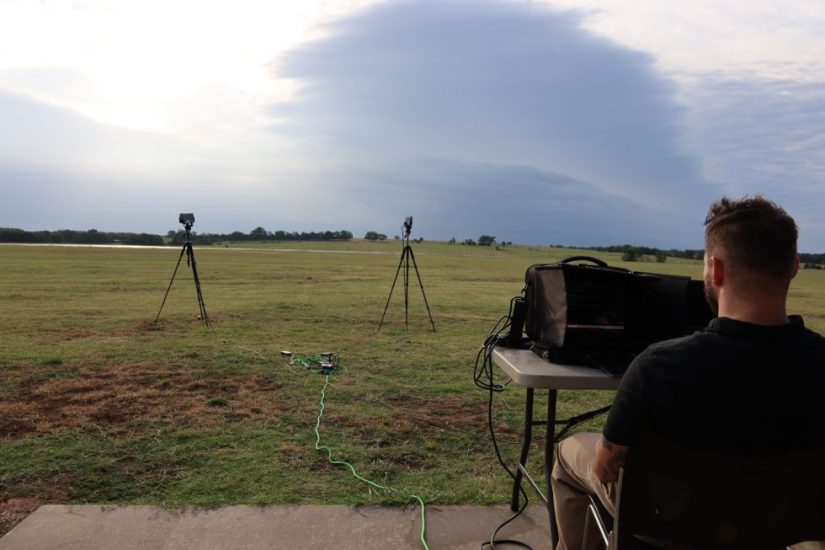Vigilant Aerospace has successfully tested multiple radars as part of a project with Oklahoma State University and Oklahoma Center for the Advancement of Science and Technology (OCAST) to develop a distributed detect-and-avoid (DAA) and airspace management system. The project addresses the challenges posed by the growing volume of uncrewed aircraft operating in shared airspace, including inspection and delivery drones, first responder drones, and larger air taxi and cargo drones.
The team has recently been testing and demonstrating a networked version of the company’s FlightHorizon software while integrating three different models and types of radar and utilising multiple radars simultaneously to provide wide area coverage in support of emerging droneports and UAS flight corridors.
The project is utilising several radars to demonstrate different modes of DAA. These include the EchoGuard radar, for localised, portable ground-based DAA for small UAS, and the EchoFlight, a radar mounted onboard aircraft for advanced air mobility cargo drones, military UAS and air taxis. The project also utilises the newly released DeTect 7360 air traffic surveillance radar with a detection diameter of 14 kilometres and 360-degree coverage. This is a larger air traffic surveillance radar intended for facilities like drone ports. The company also tested its ground-based airspace management version, FlightHorizon COMMANDER, with the DeTect 7360 air traffic surveillance radar.
Vigilant Aerospace was awarded a USD500,000 grant as part of a nearly USD1 million project sponsored by OCAST and the United States Economic Development Administration for this project. Oklahoma State University is the project research partner and provides a flight facility, engineering support and aircraft for the project.
A mix of aircraft including multi-rotor drones, fixed-wing drones and small piloted Cessna aircraft are being used, in order to test and document both the detection ranges of the various radars and the effectiveness of the entire system in providing multi-sensor, distributed DAA capabilities. Additional integrated data sources include receipt of ADS-B transponder messages, autopilot integration, live Federal Aviation Administration System Wide Information Management air traffic data, live weather radar from the National Weather Service, air navigation charts and many other data layers.
Demonstrating these capabilities is the first step in validating that the system meets with industry technical standards.
For more information




